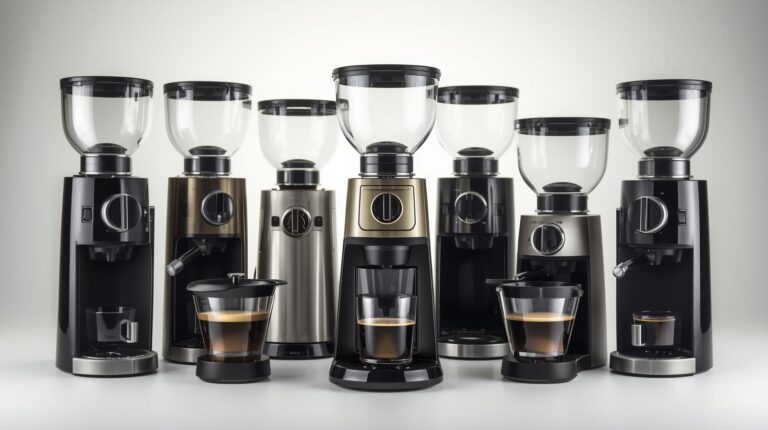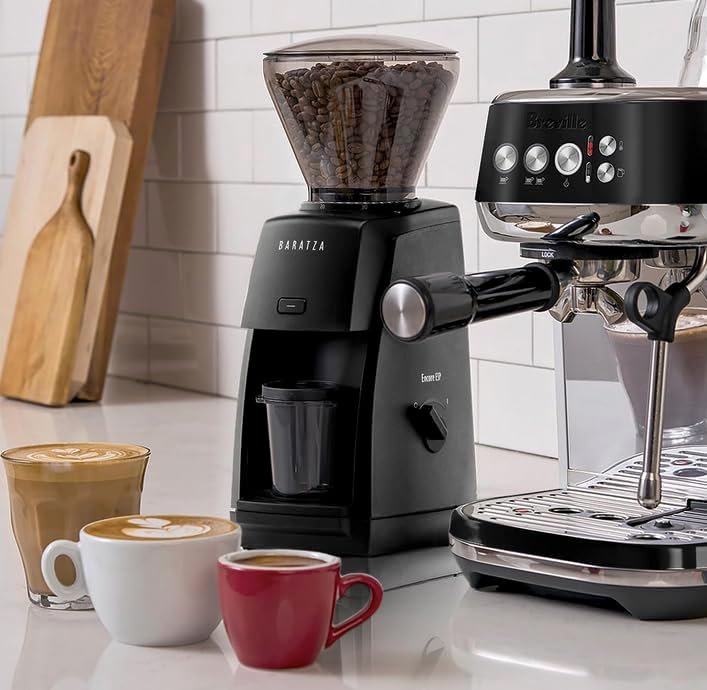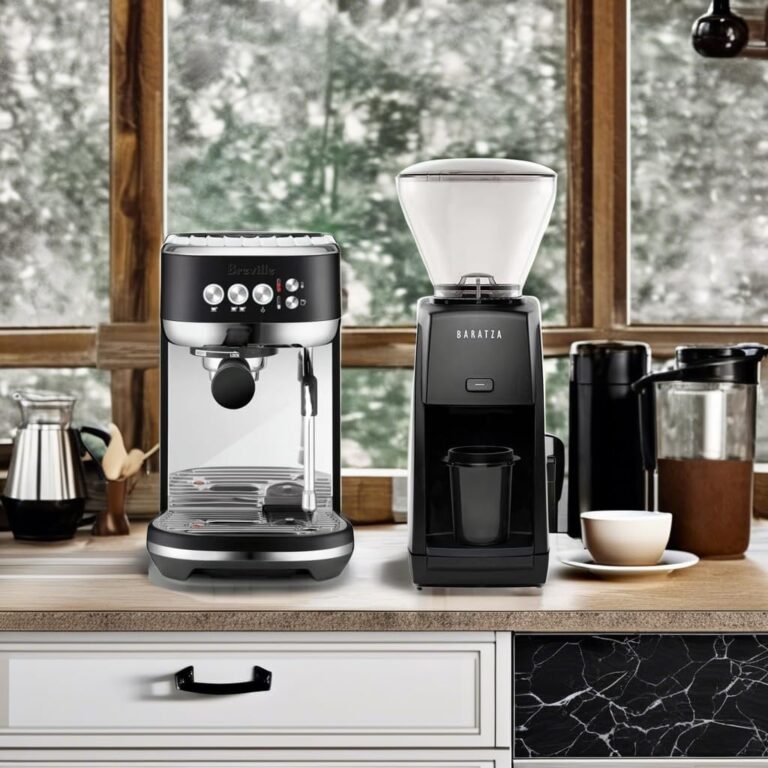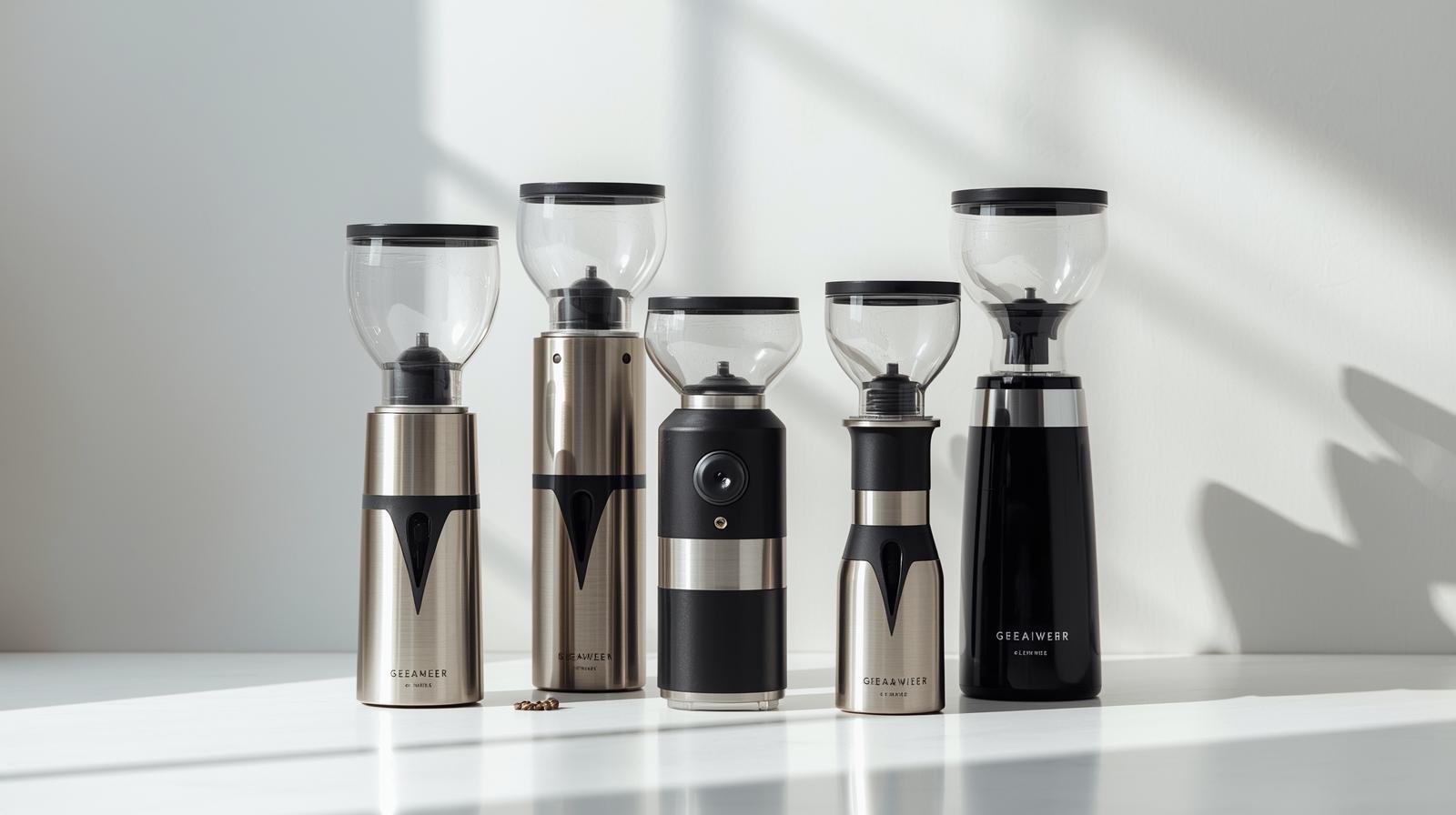Stop wasting good beans! We review the best coffee grinder for espresso at every budget. Learn the difference between flat vs. conical burrs for a perfect shot.
Why the Grinder Matters More Than the Machine
- Attention-Grabbing Opener: Start with the famous barista line: “The grinder is the most important part of your espresso setup.”
- Keyword Inclusion: Naturally place the primary keyword: “Finding the best coffee grinder for espresso is the single greatest upgrade you can make to your home brew.”
- The Espresso Problem: Briefly explain why espresso requires a specialized grinder (ultra-fine, consistent, and easily adjustable grind size).
- Structure Preview: Introduce the three main categories we will cover (Entry-Level/Beginner, Enthusiast/Mid-Range, and Prosumer/High-End).

Quick Comparison: Top 3 Amazon Espresso Grinders
| Best For | Product Name | Burr Type | Features | Price Check Link |
| Overall Value | Baratza Encore ESP | Conical | True espresso steps, budget-friendly. | [ From Amazon ] |
| Prosumer Pick | Baratza Sette 270 | Conical | Micro/Macro adjustments, ultra-fast. | [ From Amazon ] |
| Best Manual | 1Zpresso J-Ultra | Conical | Extremely high-quality grind, portable. | [ From Amazon ] |
Detailed Espresso Grinder Reviews by Category
Category 1: Entry-Level & Beginner Espresso Grinders (Under $250)
- Target User: Someone with a budget espresso machine (e.g., Breville Bambino, Dedica) or a pressurized portafilter.
- Product A: Baratza Encore ESP
- Highlight the “ESP” (Espresso) features vs. the standard Encore.
- Best budget home espresso grinder.
- Product B: Fellow Opus
- Focus on its sleek design and decent multi-purpose capability (espresso to drip).
- Best stylish grinder.
Category 2: Enthusiast & Mid-Range Espresso Grinders (The Sweet Spot)

- Target User: Home baristas with non-pressurized machines who need precise “dial-in” capability.
- Product C: Baratza Sette 270 (or similar, like a Breville Smart Grinder Pro)
- Detail the Micro/Macro adjustment system—a key feature for espresso.
- Best overall performance-to-price ratio.
- Product D: Eureka Mignon Specialita
- Highlight flat burrs (introducing the burr-type concept here), low-retention, and sound-dampening.
- Best quiet espresso grinder.
Category 3: Manual Grinders: The Budget Grind Champion
- Target User: Someone obsessed with grind quality on a budget, or travelers.
- Product E: 1Zpresso J-Ultra (or similar, like a K-Max)
- Explain how its large burrs and precise adjustment rival electric models.
- Best manual grinder for espresso.
Buyer’s Guide: The Key Factors That Define an Espresso Grinder
Burr Type: Conical vs. Flat Burrs
- Conical: (Slower, more traditional grind profile, often better for darker roasts, less heat.)
- Flat: (Higher particle uniformity, often preferred for light/medium roasts, potential for more “fines”).
Stepped vs. Stepless Adjustment
- Stepped: (Preset clicks/notches) – Good for beginners.
- Stepless: (Infinite adjustment) – CRITICAL for espresso to “dial-in” the perfect shot.
Grind Retention & Dosing
- Zero/Low Retention (Single Dosing): Why this is important for freshness, especially for espresso.
- Doser/On-Demand: For high-volume/convenience.
Choosing the Best Coffee Grinder for Espresso
1. Why is the grinder more important than the espresso machine?
The grinder is arguably the single most important piece of equipment.1 Espresso requires an extremely fine and perfectly consistent grind.2 If the coffee particles are uneven (ranging from powder to coarse bits), the water will channel through the gaps, leading to poor extraction and a bitter or sour shot.3 The best coffee grinder for espresso ensures uniform particle size, which is the foundation for a balanced, delicious shot.4 A great machine cannot fix a bad grind.
2. What is the difference between Flat Burrs and Conical Burrs?
| Feature | Flat Burrs | Conical Burrs |
| Grind Profile | Highly uniform particles (monomodal) | Less uniform, bimodal particle distribution (fines + larger particles) |
| Flavor Profile | Known for producing higher clarity, sweetness, and brightness. | Known for producing more traditional, rich body, and heavier mouthfeel. |
| Heat & Noise | Can be slightly louder and generate more heat due to higher RPM. | Generally quieter and runs cooler. |
| Retention | Often have higher coffee retention (some grounds stay in the chute). | Typically have lower retention due to gravity-assisted design. |
3. What is “Grind Retention” and why does it matter for espresso?
Grind retention is the amount of ground coffee that remains trapped inside the grinder’s burr chamber and chute after you stop grinding.5
- Why it matters: Retained grounds become stale quickly.6 If your grinder retains 5-10 grams, your next shot will mix fresh grounds with these stale, oxidized grounds, negatively impacting the flavor.7
- Solution: Look for a low-retention or “single-dosing” Best coffee grinder for espresso, which is designed to minimize the leftover grounds, ensuring every shot is made with 100% fresh coffee.8
4. Do I need stepped or stepless adjustment for an espresso grinder?
For espresso, stepless adjustment is highly recommended.
- Stepped: The grind collar or dial clicks into preset positions. Great for consistency and switching between brew methods, but often lacks the necessary precision for espresso.
- Stepless: Allows for infinite micro-adjustments between the main settings.9 This fine control is essential for “dialing in” espresso, as even a tiny turn can change the shot time from 20 seconds (under-extracted) to 30 seconds (perfectly extracted).10
5. How often should I clean my espresso grinder?
Regular cleaning is crucial to maintain consistency and flavor.11 Coffee beans release oils that coat the burrs, become rancid, and clog the mechanism.12
- Routine Cleaning (Every 1–2 Weeks): Use a small brush or vacuum to remove loose grounds from the hopper and grinding chute.13
- Deep Cleaning (Every 1–2 Months): Use specialized grinder cleaning tablets (like Urnex Grindz). Run them through the grinder to absorb and remove old coffee oils and residue.14
- When to Deep Clean: If your grinder sounds different, the grounds start clumping excessively, or your espresso shots begin tasting bitter or sour, it’s time for a deep clean.
6. Can I use a regular blade grinder or a cheap burr grinder for espresso?
No, an espresso-capable burr grinder is non-negotiable.15
- Blade Grinders: They chop the beans randomly, producing wildly inconsistent powder and chunks.16 This will guarantee a terrible, unevenly extracted espresso shot.
- Cheap Burr Grinders: While better than blades, many entry-level burr grinders lack the necessary micro-adjustment range and precision required to produce a fine, uniform grind that can withstand the high pressure of an espresso machine.

Conclusion: Making Your Final Decision
- Summary: Reiterate the importance of consistency.
- If budget is your only factor, get the [Baratza Encore ESP]. If quality is your top priority, the [Baratza Sette 270] is worth the investment. Read more articles
